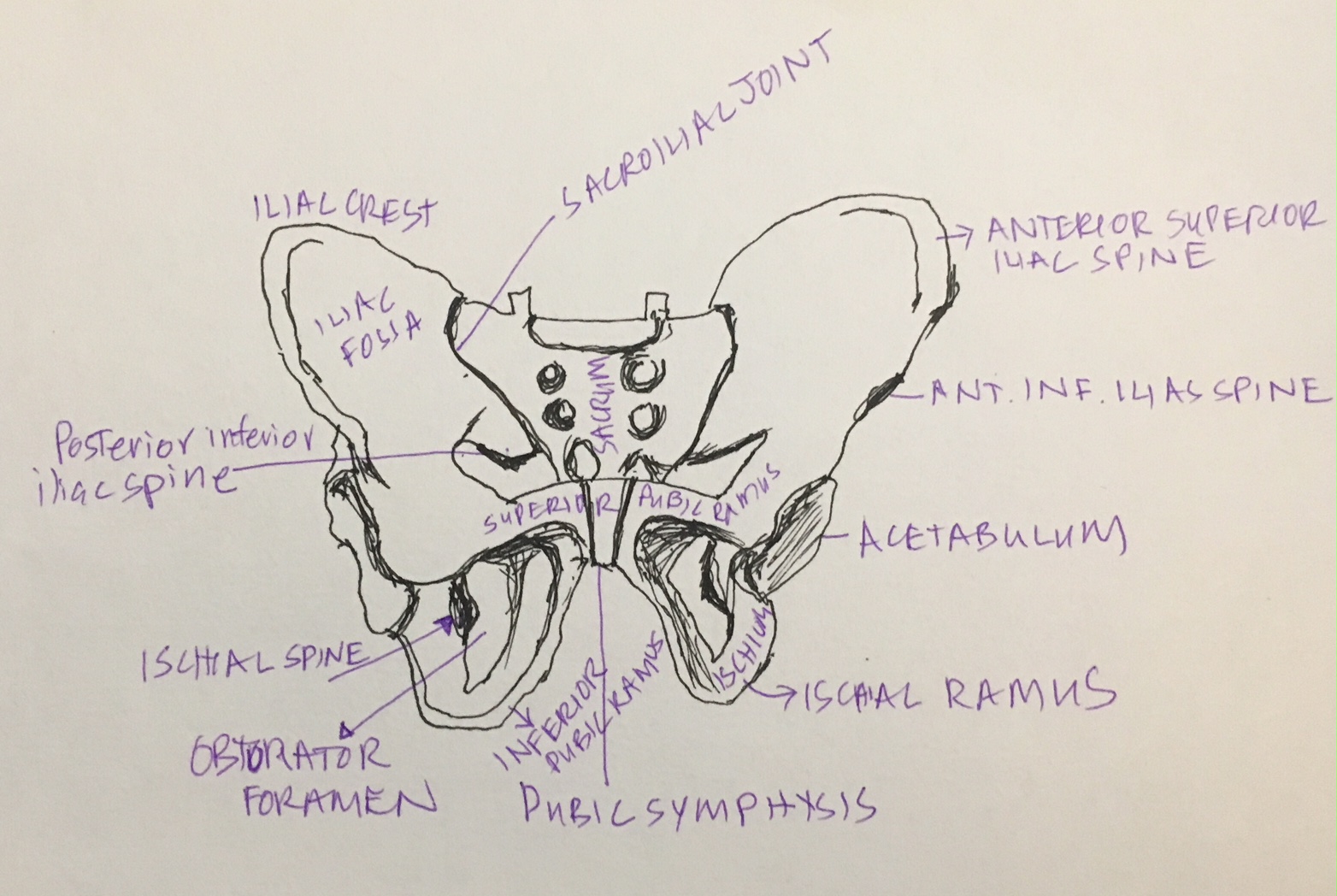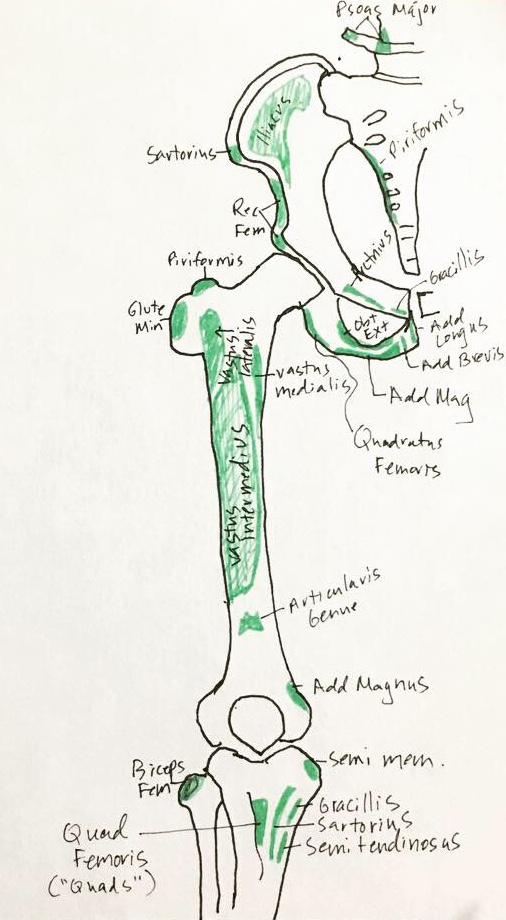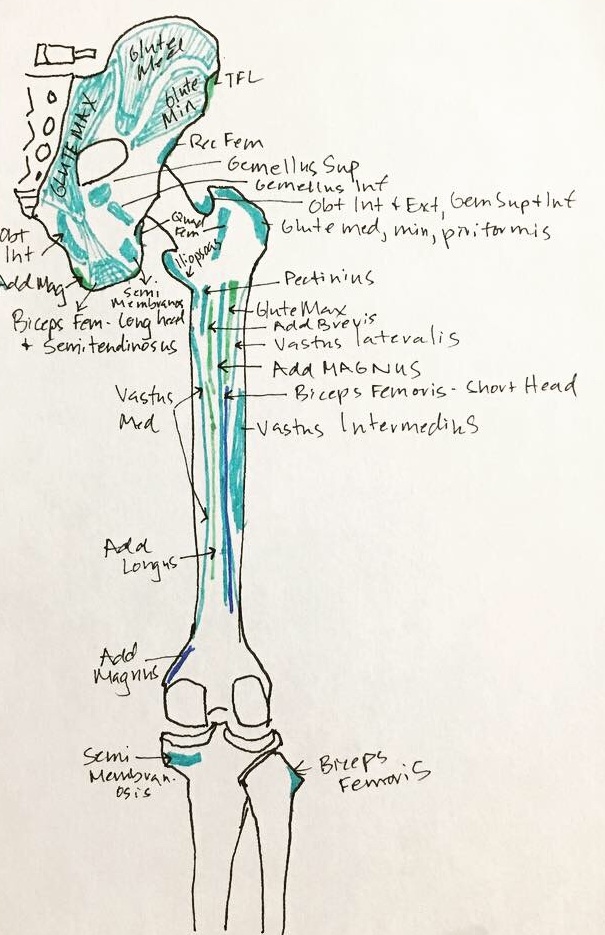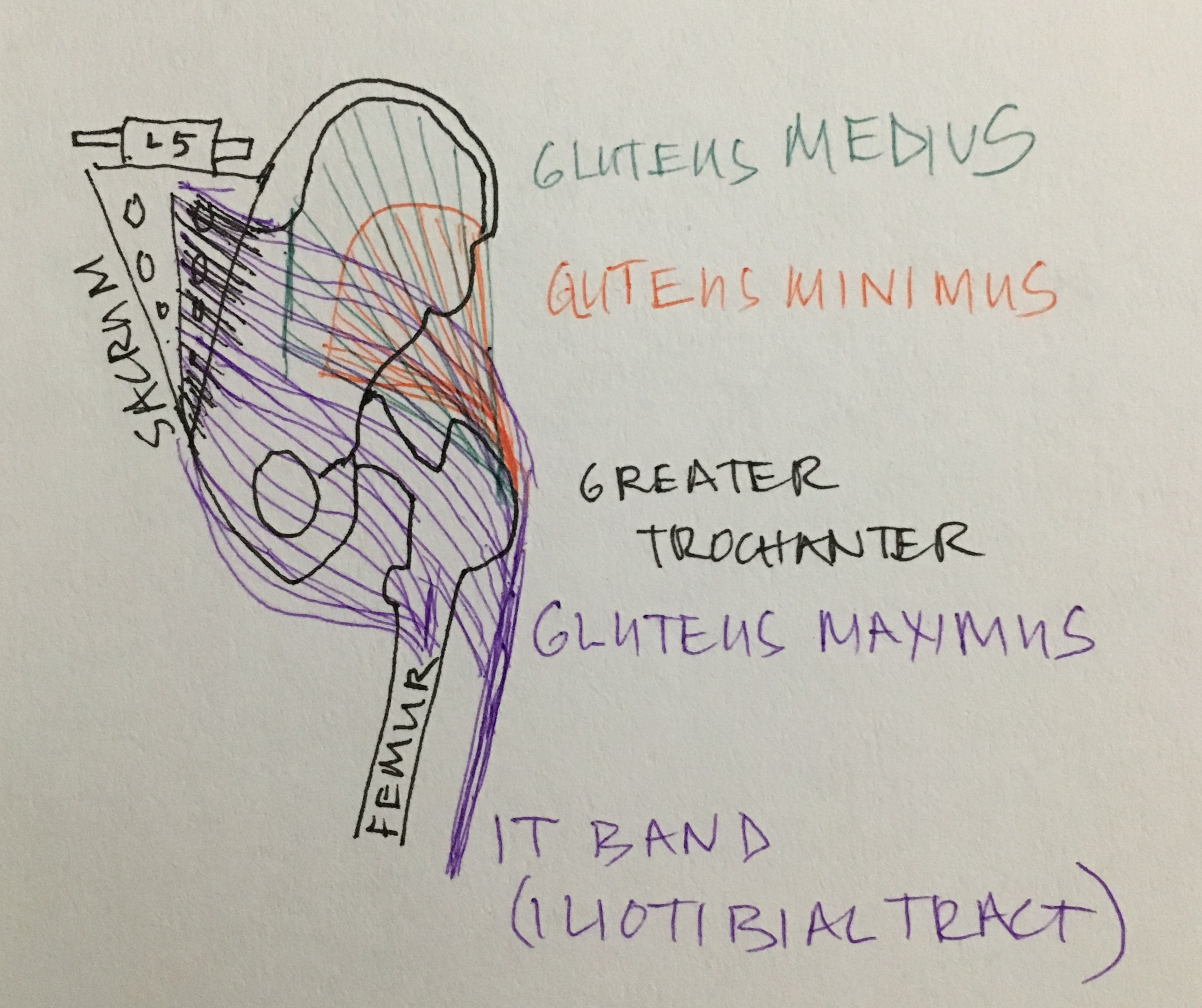I’ve long been fascinated with science fiction. I grew up watching Dr. Who, Star Wars, Star Trek, Misfits of Science. I loved Madelaine L’Engle’s books, as well as The Girl With Silver Eyes, Dune, anything by Ursula K Le Guin, Lord of the Rings. I was so hopeful that there was magic in the world, that we are not just flesh, bone, and blood. I wanted powers.
And as I get older and find some moments of quiet and observation, I realize that I DO have powers. The world really does not operate in a linear, A+B = C function. It’s wiley and impressionable and moldable and multifaceted. With every interaction, there are innumerable forces at play, most of which cannot be seen, felt, or heard. Or maybe they can be, but we’ve lost the art of reliably, consciously doing so.
And what is truly fascinating, is that now there are studies that prove that that as humans, we are energetically entangled with each other. You can read one of the studies here. The gist of it is, there is an exchange of electromagnetic energy when people touch (especially with the right hand) or are close together (within 18 inches). If a person consciously adopts a “sincere caring attitude,” it could positively affect the heart rhythm of people within their proximity!!
Here is a quote from the study that I find really intriguing, “…when individuals focus their attention in the area of the heart and consciously generate a positive emotion, the heart rate variability patterns become more orderly and coherent,” and “…individuals who intentionally increase their cardiac coherence by maintaining a focused state of sincere love or appreciation can induce changes in the structure of water and the conformational state of DNA.” The study goes on to imply that a therapeutic technique could become more effective by the practitioner adopting a “sincere caring attitude.”
This gives me so much hope! I have learned so much in the past 14 months, but I know I still know NOTHING! But at least, now I know, if I really care about my patients, my touch will be beneficial to them – even if I’m not treating the exact muscle that needs to be treated. My touch, generated from a place of compassion and positive intent, can be a “magic” power that helps my patients feel better!
What do you think of this article? Do you notice effects in your body when you are around a positive person versus a negative person? Do you think you can affect people solely with your positive atttidue? I would love to hear your thoughts in the comments. <3





